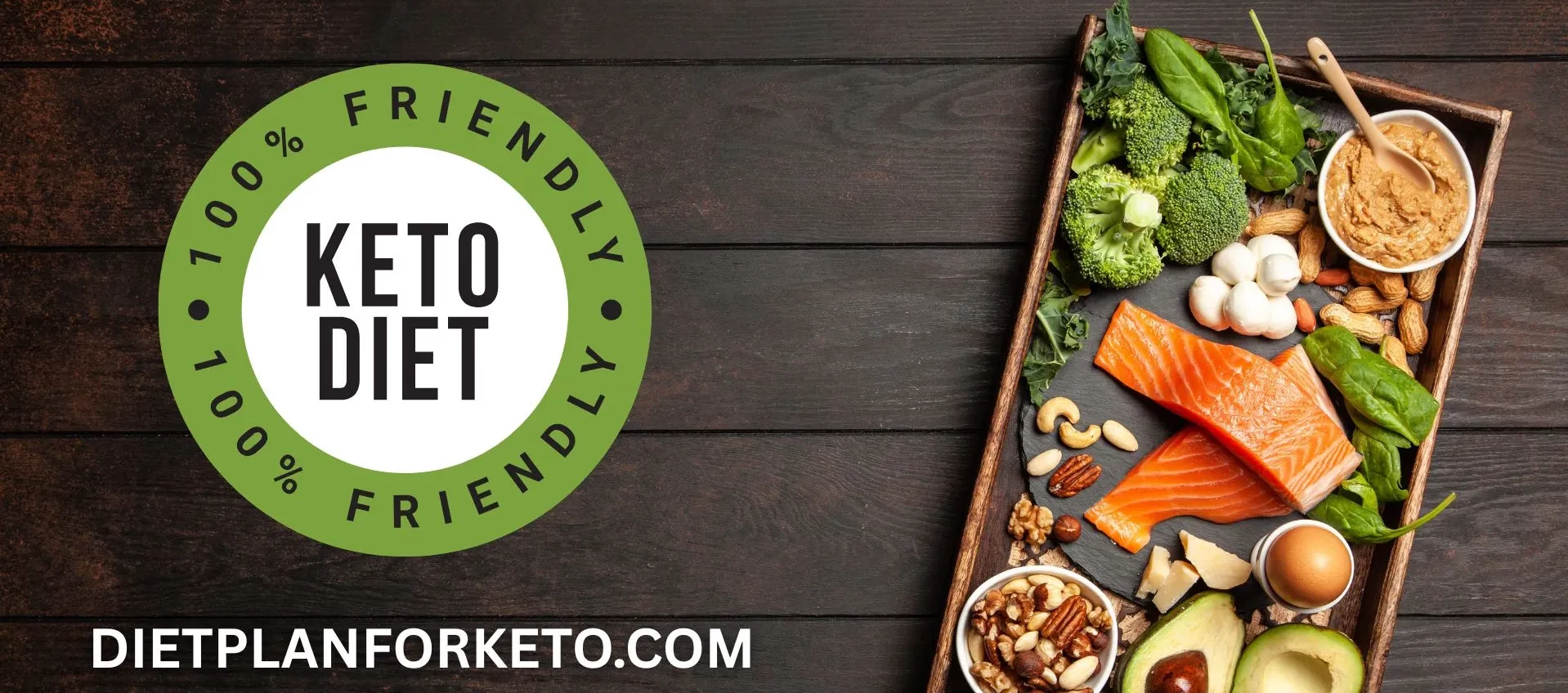Starting a keto diet can be an exciting journey toward better health and weight loss. However, many beginners make mistakes that can lead to frustration, slow results, or even cause them to quit too soon.
This guide will help you navigate the common pitfalls and ensure a successful start on your keto journey.
Table of Contents
- Introduction to the Keto Diet
- Mistake #1: Not Tracking Carbs Accurately
- Mistake #2: Eating Too Much Protein
- Mistake #3: Not Consuming Enough Healthy Fats
- Mistake #4: Ignoring Electrolytes and Hydration
- Mistake #5: Expecting Instant Results
- Mistake #6: Not Planning Meals Properly
- Mistake #7: Eating Too Many Processed Keto Foods
- Mistake #8: Neglecting Fiber Intake
- Mistake #9: Not Managing Stress and Sleep
- Mistake #10: Giving Up Too Soon
- Pros and Cons of the Keto Diet
- Additional Resources for Success
- Conclusion
- Disclaimer
1. Introduction to the Keto Diet
The ketogenic diet is a low-carb, high-fat eating plan designed to put your body into a state of ketosis, where it burns fat for fuel instead of carbohydrates. Many people start keto for weight loss, increased energy, and better mental clarity.
However, beginners often face challenges that can derail progress. By understanding and avoiding common mistakes, you can set yourself up for long-term success.
2. Mistake #1: Not Tracking Carbs Accurately
One of the biggest reasons beginners struggle with keto is underestimating their carb intake. To achieve ketosis, most people need to consume less than 50 grams of net carbs per day, and some may need to stay under 20 grams.
How to Avoid This Mistake:
- Use a food tracking app like MyFitnessPal or Carb Manager.
- Learn how to read nutrition labels and watch for hidden carbs in processed foods.
- Focus on whole, unprocessed foods like meat, eggs, leafy greens, and healthy fats.
3. Mistake #2: Eating Too Much Protein
While keto is a high-fat diet, many beginners mistakenly overconsume protein. Excess protein can be converted into glucose through gluconeogenesis, potentially preventing ketosis.
How to Avoid This Mistake:
- Keep protein intake moderate (around 20-25% of daily calories).
- Choose fatty cuts of meat like ribeye steak or chicken thighs.
- Include healthy fats like avocado, olive oil, and nuts.
4. Mistake #3: Not Consuming Enough Healthy Fats
Many people transitioning to keto still fear fat due to outdated dietary guidelines. However, fat is your primary energy source on keto, and not consuming enough can leave you feeling fatigued and hungry.
How to Avoid This Mistake:
- Increase your intake of healthy fats like coconut oil, butter, and fatty fish.
- Make fat-rich dressings and sauces to complement your meals.
- Snack on nuts, seeds, and cheese.
5. Mistake #4: Ignoring Electrolytes and Hydration
When you reduce carb intake, your body loses water and essential electrolytes, leading to symptoms like headaches, fatigue, and muscle cramps—often called the “keto flu.”
How to Avoid This Mistake:
- Drink plenty of water (at least 8 cups per day).
- Increase sodium intake by adding Himalayan salt to your meals.
- Consume magnesium-rich foods like spinach and almonds.
- Supplement with potassium by eating avocados and leafy greens.

6. Mistake #5: Expecting Instant Results
Keto works, but it’s not an overnight solution. Some people lose weight quickly in the first week due to water loss, but fat loss takes time.
How to Avoid This Mistake:
- Be patient and consistent with your diet.
- Take progress photos and track body measurements instead of just relying on the scale.
- Focus on how you feel, including improved energy and mental clarity.
7. Mistake #6: Not Planning Meals Properly
Without proper meal planning, it’s easy to reach for high-carb foods out of convenience.
How to Avoid This Mistake:
- Meal prep keto-friendly foods in advance.
- Keep keto snacks handy for when you’re on the go.
- Follow simple recipes and avoid overcomplicating meals.
8. Mistake #7: Eating Too Many Processed Keto Foods
Many packaged keto products are marketed as low-carb but contain artificial sweeteners and preservatives that can impact ketosis and digestion.
How to Avoid This Mistake:
- Stick to whole foods whenever possible.
- Read ingredient labels carefully.
- Limit processed keto snacks like bars and shakes.
9. Mistake #8: Neglecting Fiber Intake
Low-carb doesn’t mean low-fiber. Skimping on fiber can lead to digestive issues and constipation.
How to Avoid This Mistake:
- Eat fiber-rich vegetables like broccoli, cauliflower, and spinach.
- Include chia seeds and flaxseeds in your diet.
- Drink plenty of water to aid digestion.
10. Mistake #9: Not Managing Stress and Sleep
Stress and poor sleep can increase cortisol levels, making it harder to stay in ketosis and lose weight.
How to Avoid This Mistake:
- Prioritize sleep (aim for 7-9 hours per night).
- Practice relaxation techniques like meditation or deep breathing.
- Exercise regularly but avoid excessive high-intensity workouts at the start.
11. Mistake #10: Giving Up Too Soon
Many people quit keto too early because they feel it’s too restrictive or don’t see immediate results.
How to Avoid This Mistake:
- Give your body time to adapt (it can take a few weeks).
- Remind yourself why you started and track your progress.
- Find a support group or community for motivation.
12. Pros and Cons of the Keto Diet
Pros:
- Rapid weight loss potential
- Increased energy and mental clarity
- Appetite suppression
- Improved blood sugar levels
Cons:
- Initial “keto flu” symptoms
- Requires meal planning and tracking
- Social and dining challenges
13. Additional Resources for Success
For more keto tips and meal plans, check out this comprehensive keto guide. It includes free keto cookbooks and meal plans to help you stay on track.
14. Conclusion
Starting keto can feel overwhelming, but avoiding these common mistakes will help you stay on the path to success. Focus on whole foods, monitor your carb intake, stay hydrated, and be patient with the process. With consistency and determination, keto can be an effective and sustainable lifestyle.
15. Disclaimer
This guide is for general informational purposes only and is not medical advice. If you have any health concerns, consult a healthcare professional before making dietary changes. Individual results may vary.
